America’s forests tell stories that span millennia—tales written in bark, leaf, and soil. From ancient redwoods that towered over the continent when Caesar ruled Rome to regenerating woodlands reclaiming forgotten farmsteads, these green spaces offer far more than scenic backdrops. They’re living archives where visitors can walk among organisms older than recorded history and witness ecosystems that exist nowhere else on the planet.
Every forest carries its own distinct character, molded by climate patterns, geological forces, and the countless species that have shaped its evolution over time. Here are 15 American forests that reveal the remarkable diversity of our woodland legacy.
Redwood National and State Parks, California
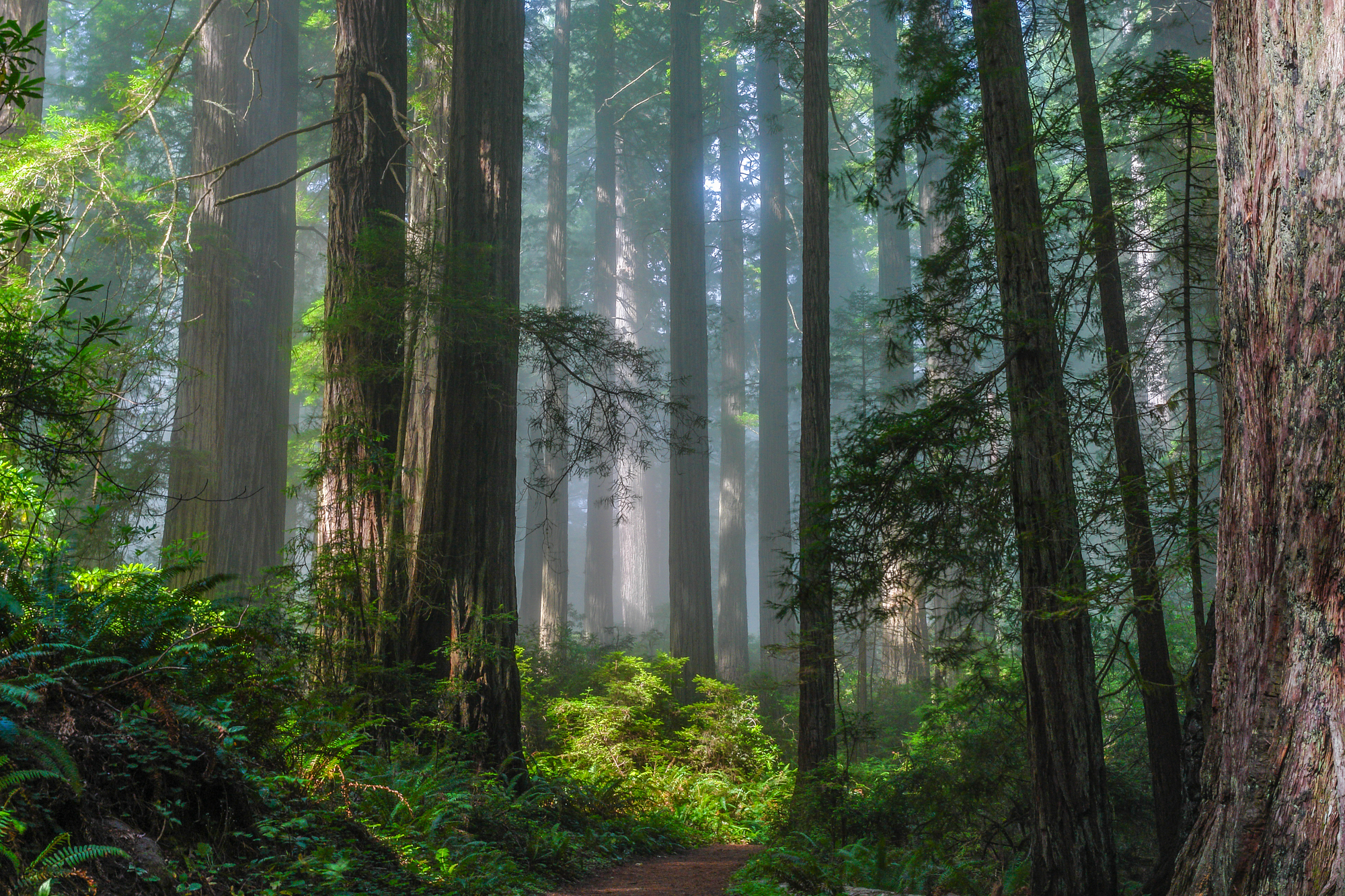
These coastal behemoths include Earth’s tallest living things—some specimens soaring beyond 380 feet into the Pacific fog. Ancient grove systems have weathered ice ages, prolonged droughts, and human encroachment to create spaces resembling natural cathedrals where mist weaves between trunks wider than most apartments.
Standing among these 2,000-year-old giants puts human existence into a perspective that’s both humbling and profound.
Great Smoky Mountains, Tennessee and North Carolina
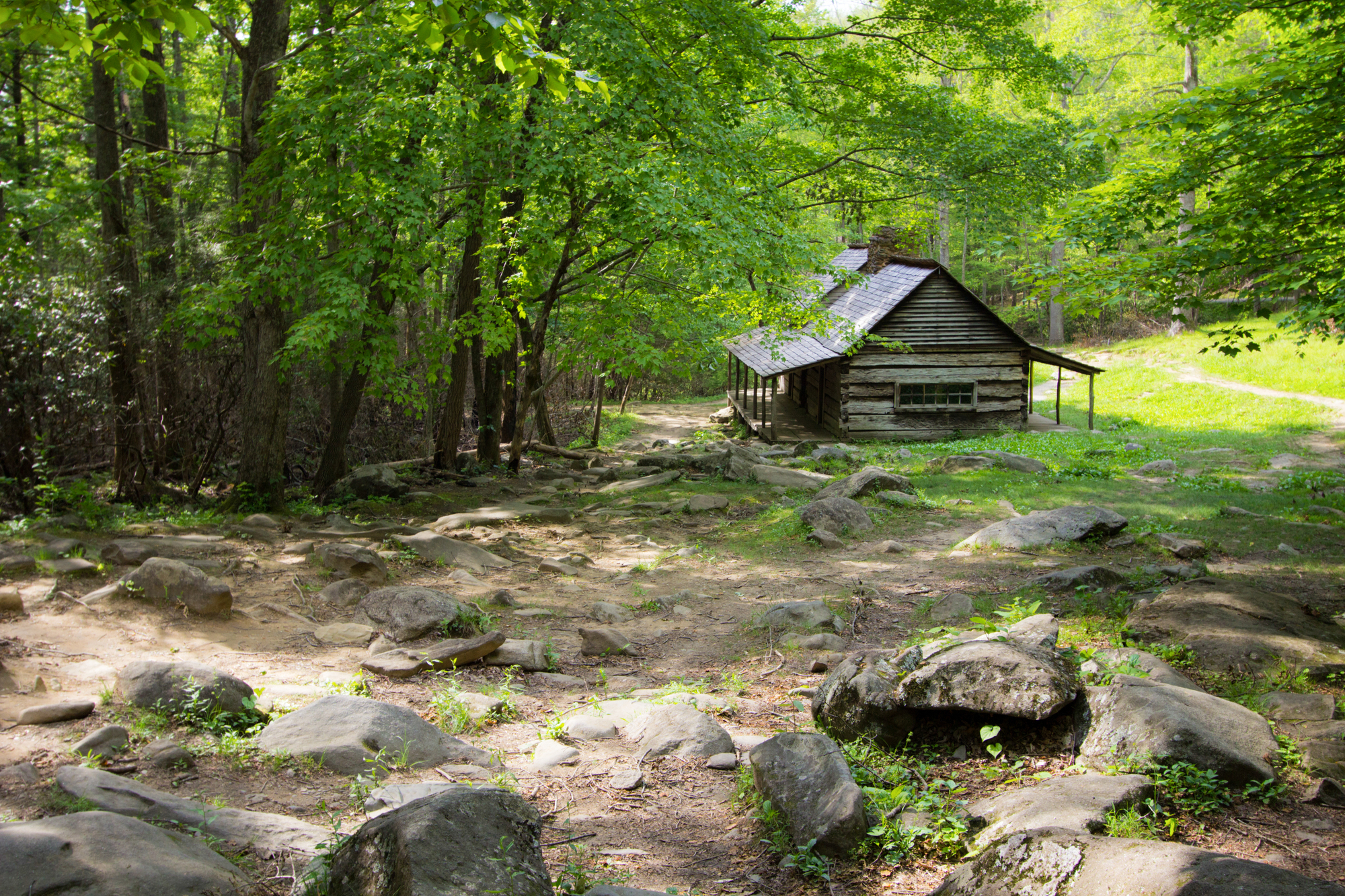
This weathered mountain range supports one of the planet’s most biodiverse temperate forests, housing over 100 native tree species in what amounts to a living laboratory of Appalachian ecology. The signature mist that earned these peaks their name actually comes from the trees themselves—they release moisture and organic compounds that create the distinctive blue atmospheric haze.
Spring unleashes wildflower spectacles across the forest floor, though autumn’s transformation of the canopy into brilliant tapestries of red, orange, and gold tends to steal the show.
Olympic National Forest, Washington
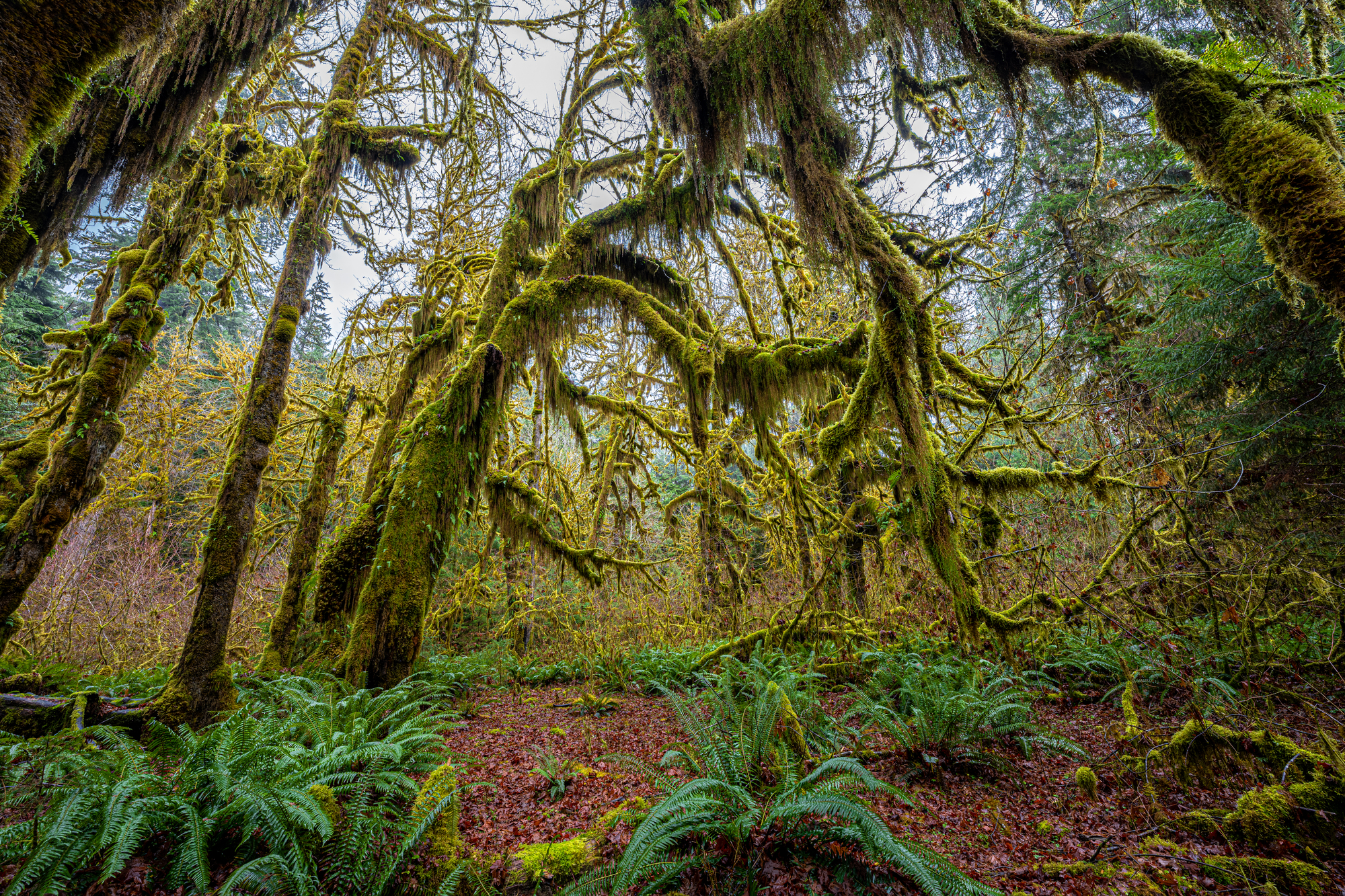
The Hoh Rainforest stands as America’s sole temperate rainforest, where annual precipitation exceeding 140 inches generates an almost alien landscape of moss-draped bigleaf maples and towering Sitka spruces. Forest floors vanish beneath layers of sword ferns, decomposing logs, and emerald moss that appear to emit its own ethereal glow in the filtered sunlight.
This ecosystem evolved in relative isolation—creating plant communities found nowhere else across North America.
Like Travel Pug’s content? Follow us on MSN.
Tongass National Forest, Alaska

Spanning 17 million acres across Southeast Alaska, America’s largest national forest contains more old-growth temperate rainforest than any other location on the continent. Massive Western hemlocks and Sitka spruces form a verdant corridor along the coastline where brown bears pursue salmon runs beneath trees that predate European arrival by centuries.
The forest encompasses everything from sea-level wetlands to alpine zones, showcasing the complete spectrum of Pacific Northwest ecosystems.
Sequoia National Forest, California
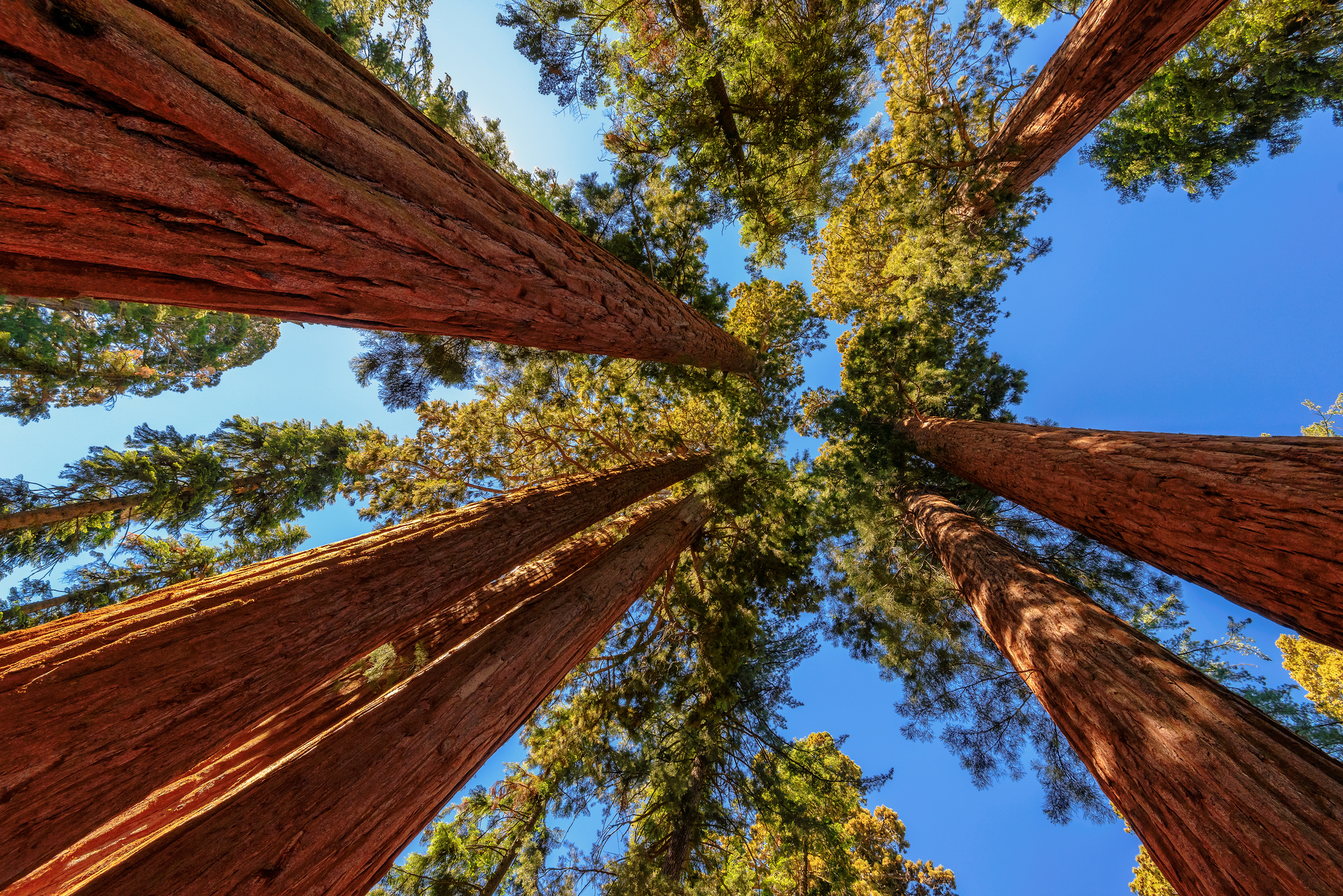
Home to Earth’s most voluminous trees, this forest safeguards groves of giant sequoias capable of living beyond 3,000 years. The General Sherman tree alone contains sufficient timber to construct 40 houses, yet these titans emerge from seeds tinier than oat flakes.
Fire serves a vital function here—sequoias depend on intense heat to crack open their cones and eliminate competing vegetation.
White Mountain National Forest, New Hampshire and Maine
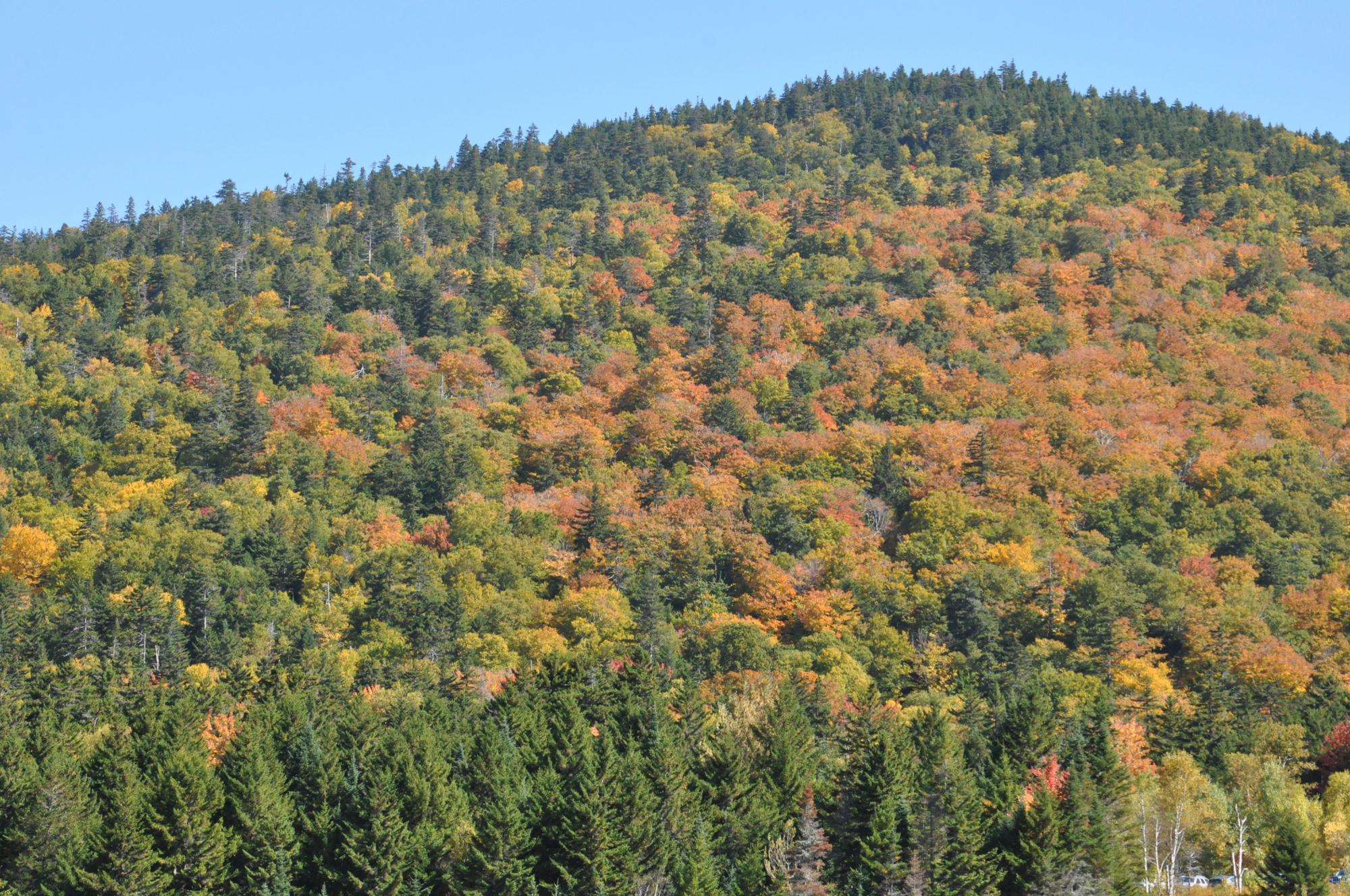
These northeastern highlands showcase classic New England forest succession patterns, from recovering agricultural lands to pristine old-growth stands that somehow escaped colonial-era timber harvests. Sugar maples, American beech, and yellow birch orchestrate the region’s renowned autumn foliage displays, while higher elevations support boreal species more characteristic of the Canadian wilderness.
The forest demonstrates how New England’s woodlands have rebounded from centuries of intensive farming and logging operations.
Like Travel Pug’s content? Follow us on MSN.
Superior National Forest, Minnesota
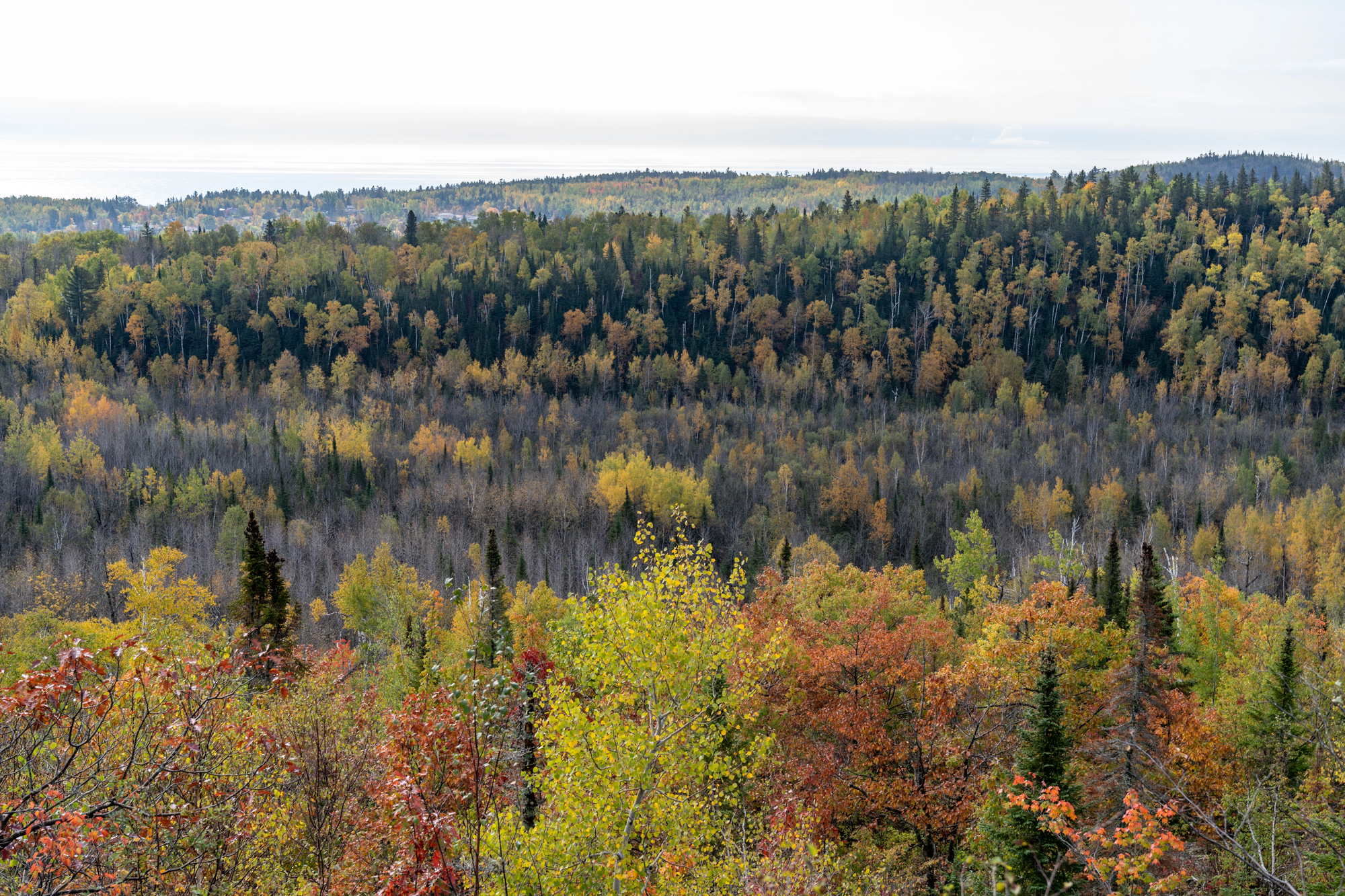
This northern wilderness encompasses the largest roadless expanse in the eastern United States—the boreal forests of spruce, fir, and aspen extending to the Canadian border. The ecosystem sustains wolves, moose, and lynx in populations unseen elsewhere in the lower 48 states.
Autumn brings dramatic displays when aspen groves turn molten gold against the dark green backdrop of evergreen conifers.
Pisgah National Forest, North Carolina
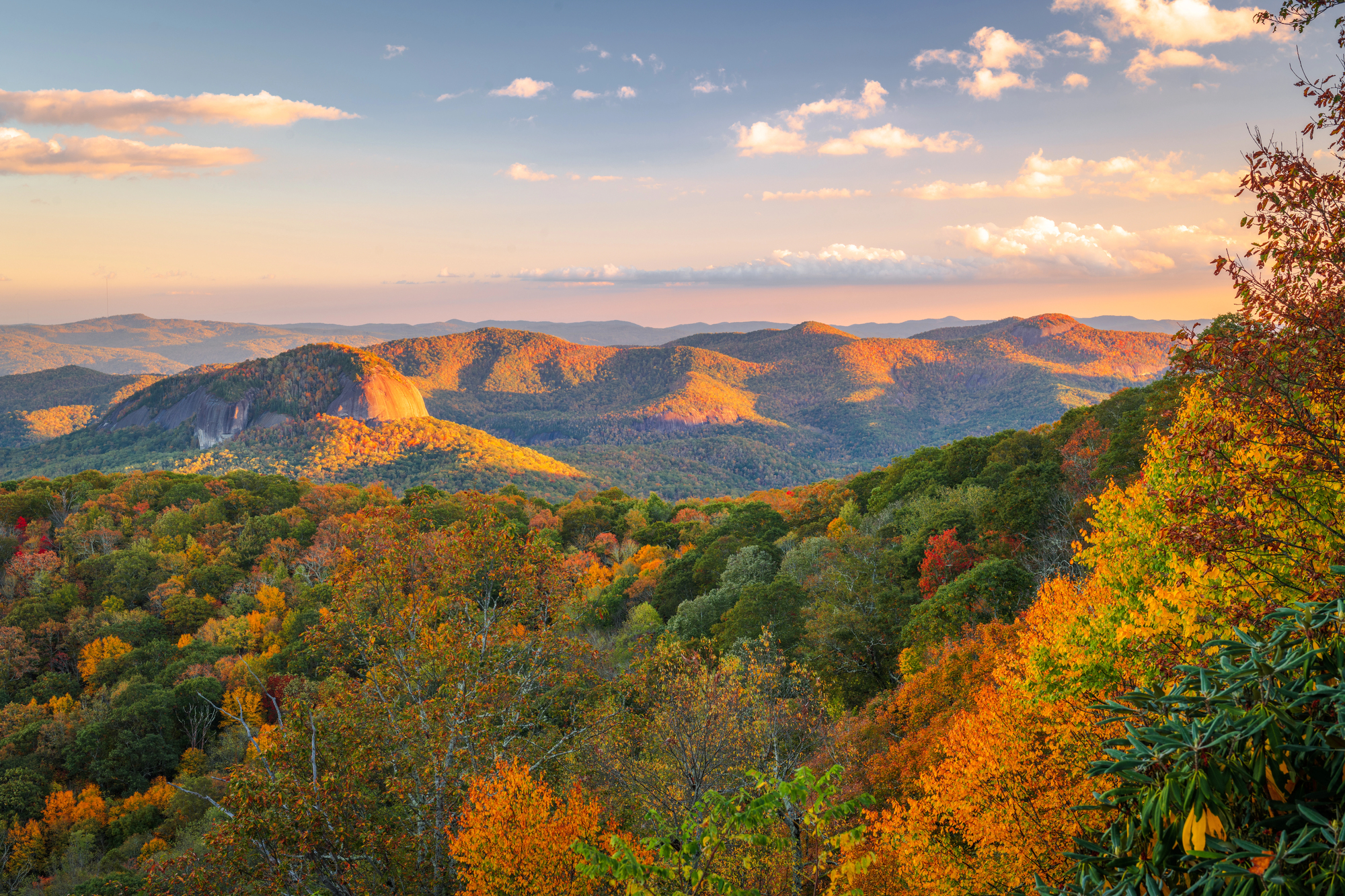
This Blue Ridge forest protects some of the East’s most ecologically diverse terrain, from rhododendron-choked stream valleys to high-elevation spruce forests that mirror northern Canada’s character. The forest includes the first land acquired under the Weeks Act of 1911, marking the federal government’s initial foray into forest conservation.
Waterfalls plunge through hardwood coves where rare wildflowers emerge each spring.
Daniel Boone National Forest, Kentucky
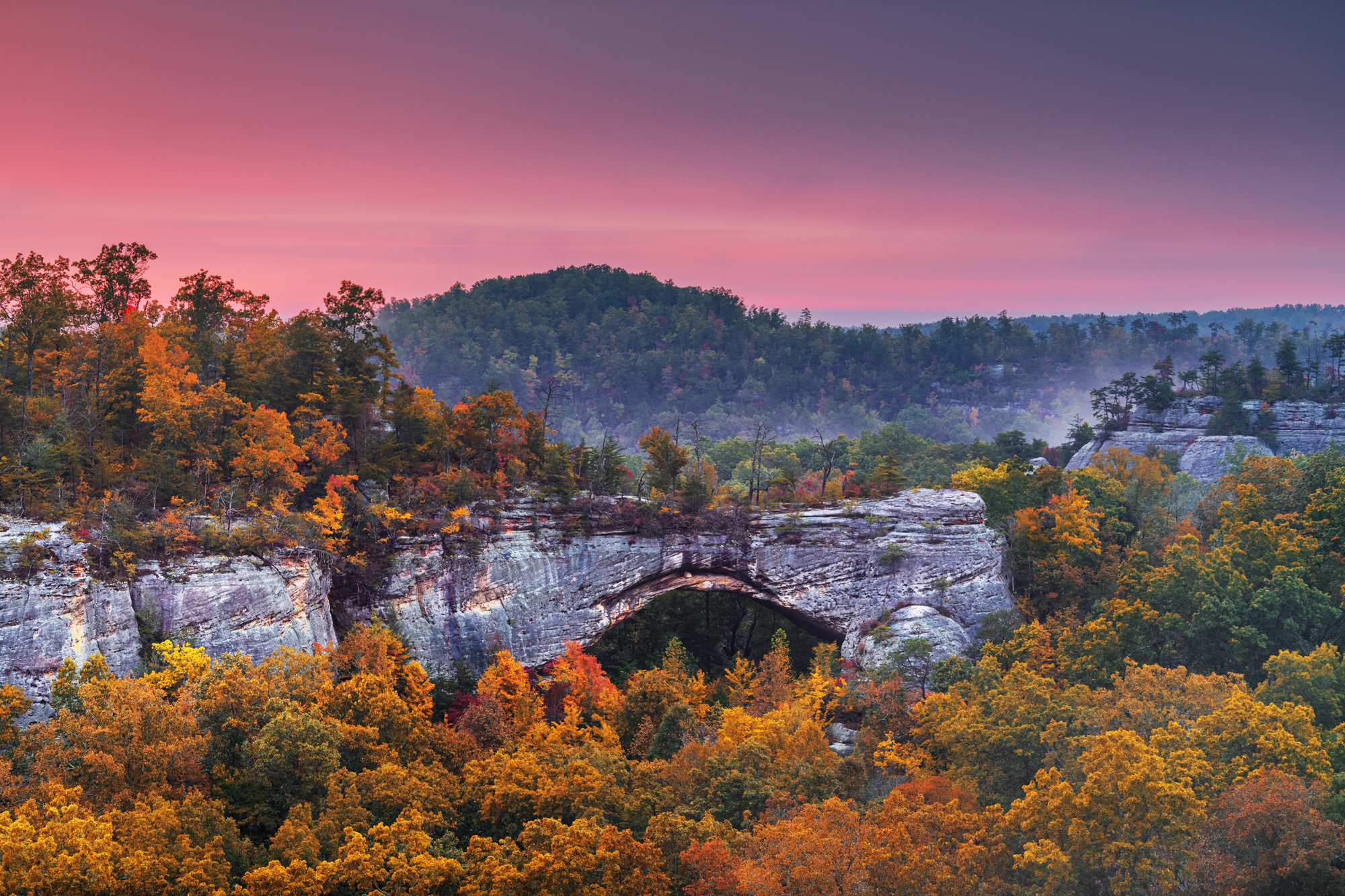
Spread across eastern Kentucky’s rugged topography, this forest highlights Appalachian biodiversity within landscapes carved by millennia of water erosion. Sandstone escarpments create specialized microclimates supporting rare botanical species while recovering hardwood forests bear witness to successful restoration following decades of coal extraction and timber operations.
The forest exemplifies how targeted restoration efforts can resurrect wildlife populations from the brink of local extinction.
Like Travel Pug’s content? Follow us on MSN.
Mark Twain National Forest, Missouri
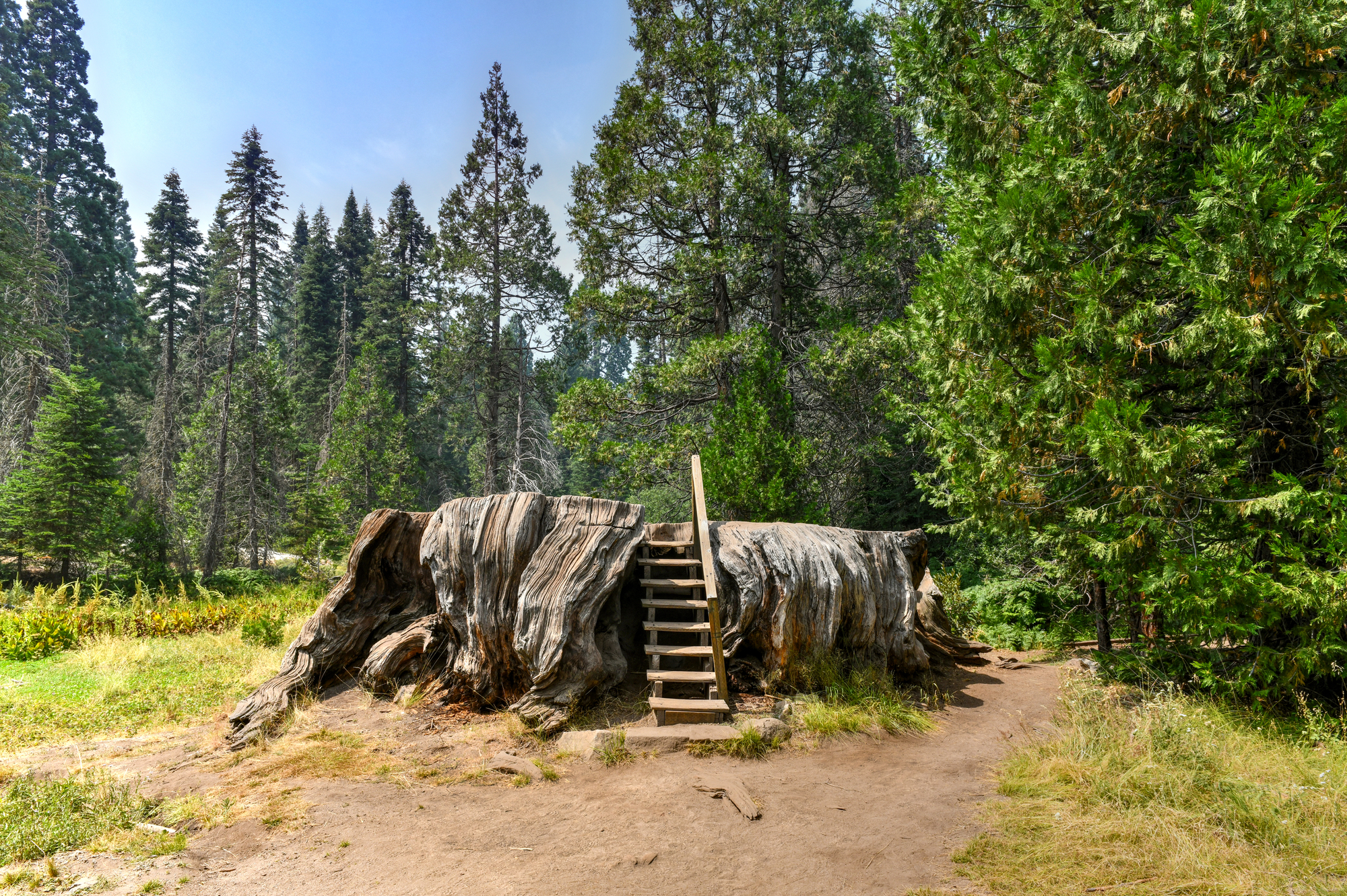
This oak-hickory forest marks the eastern boundary where Great Plains transition zones meet woodland ecosystems in a fascinating ecological blend. Prescribed burning maintains savanna-like conditions that accommodate both forest and grassland species—creating habitat diversity that’s become increasingly rare in contemporary landscapes.
The forest illustrates how strategic fire management can restore historical ecosystem functions.
Chippewa National Forest, Minnesota
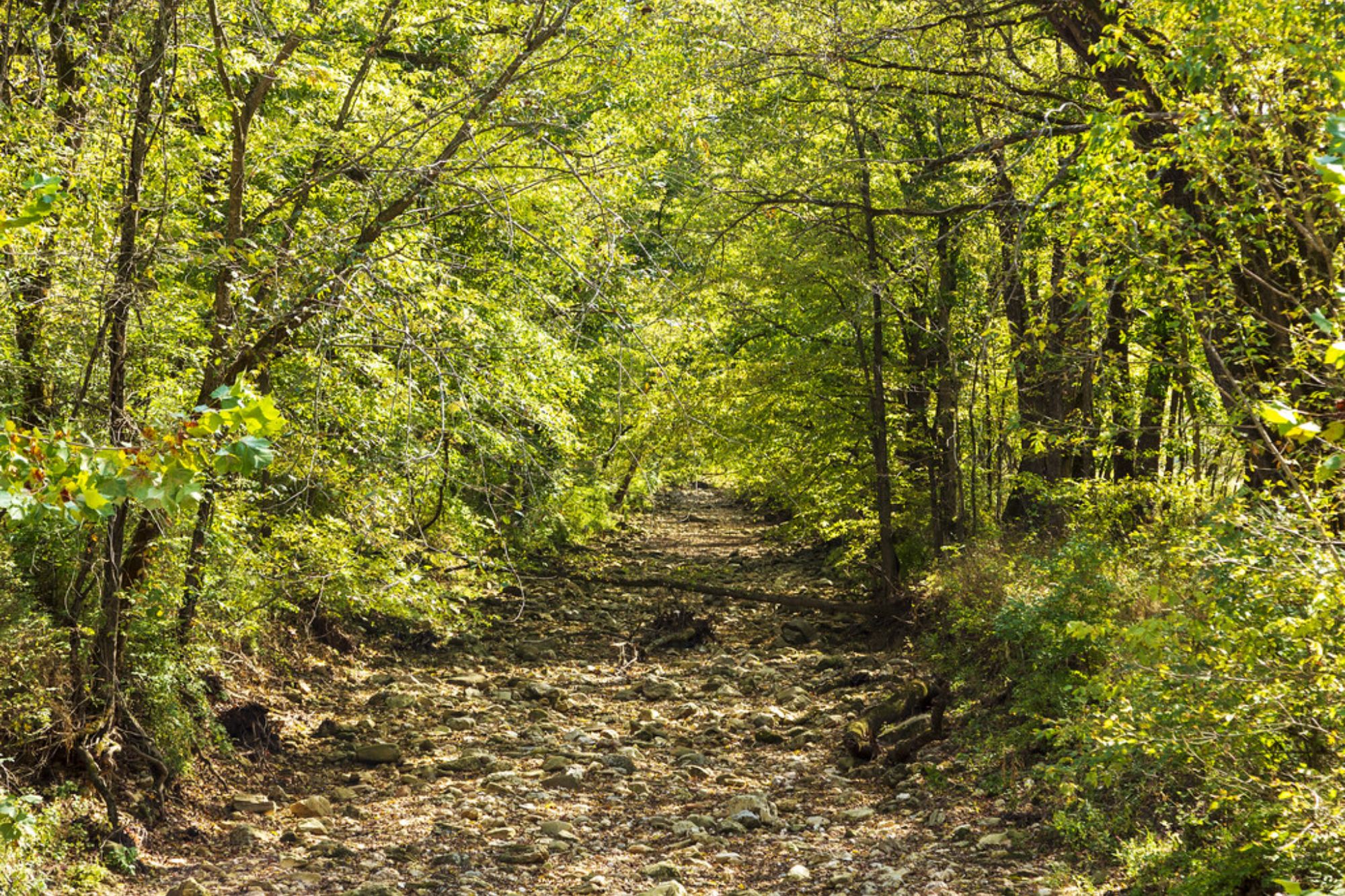
Centered around crystal-clear lakes and extensive wetland systems, this northern forest protects one of the most robust bald eagle breeding populations in the contiguous United States. The ecosystem transitions gradually from prairie to boreal forest, supporting species from both biomes within landscapes sculpted by glacial activity thousands of years ago.
Wild rice lakes provide essential habitat for migrating waterfowl while maintaining traditional Native American harvesting practices that continue today.
Monongahela National Forest, West Virginia
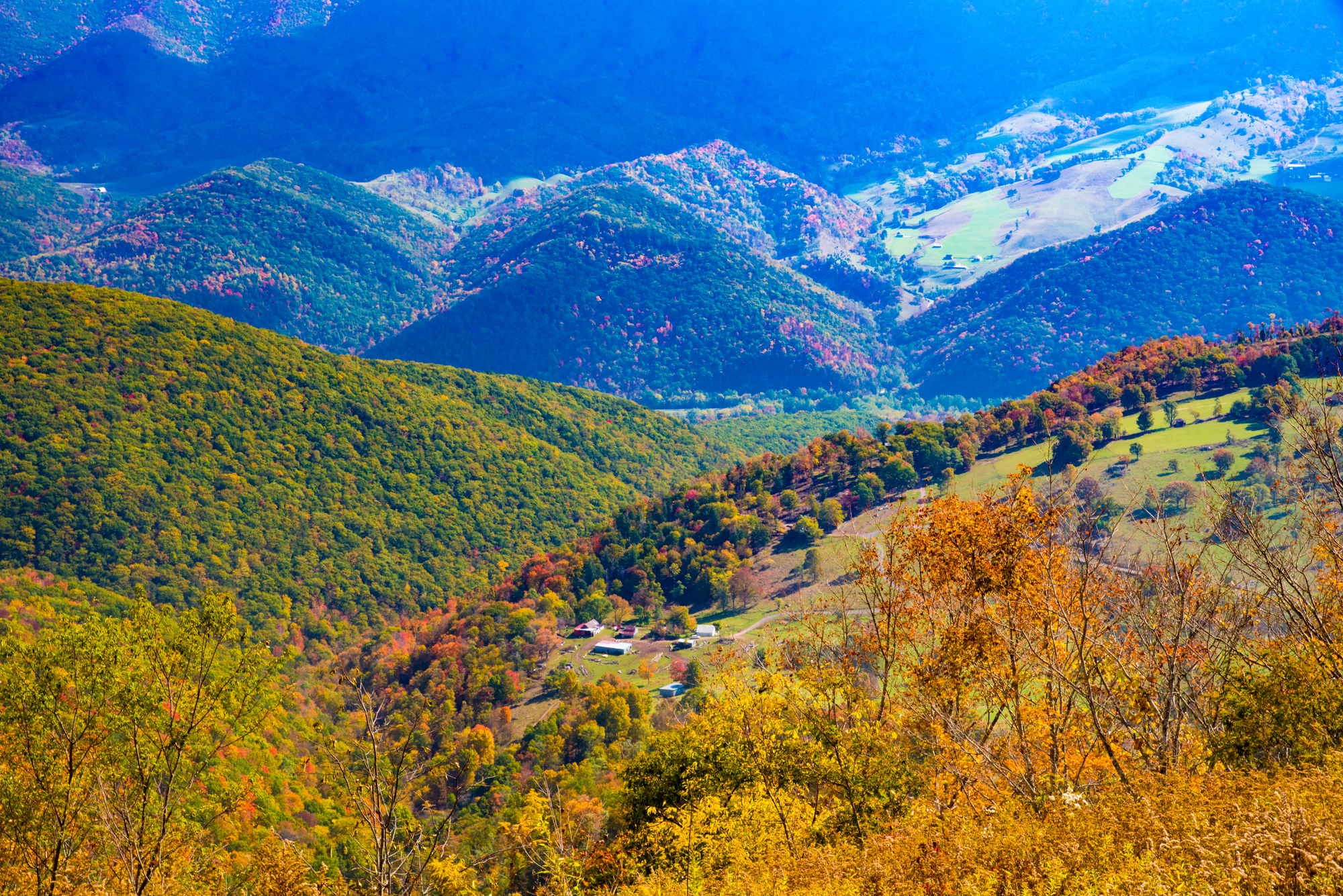
This Appalachian forest represents a remarkable recovery story from industrial-scale logging that left these mountains completely denuded in the early 1900s. Today’s second-growth forests support thriving populations of black bears, wild turkeys, and other wildlife species that had virtually vanished from the region.
High-elevation red spruce forests create isolated pockets of boreal habitat surrounded by temperate hardwood communities.
Like Travel Pug’s content? Follow us on MSN.
Bridger-Teton National Forest, Wyoming
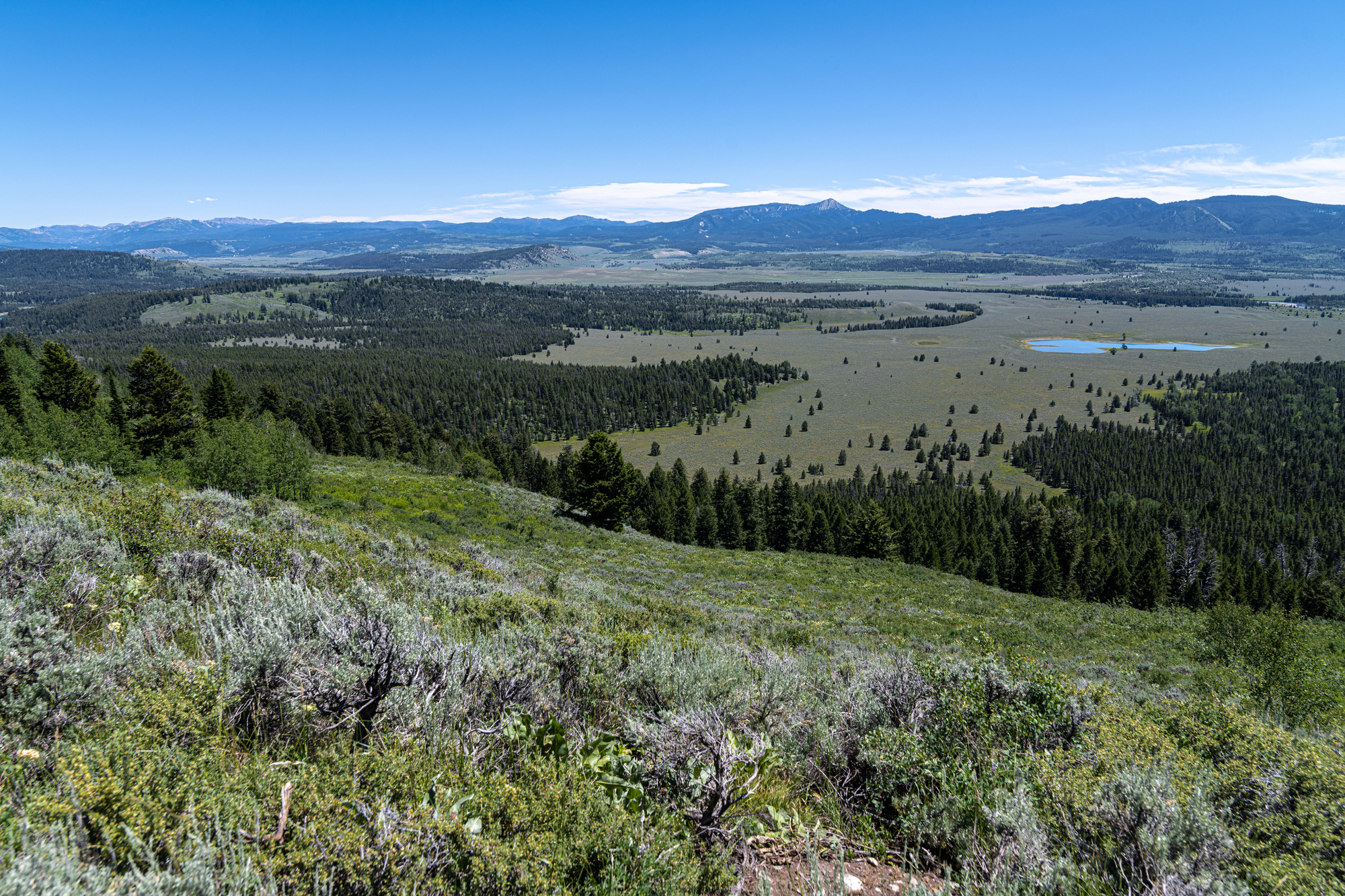
Encompassing diverse ecosystems, from sagebrush valleys to alpine peaks, this forest protects critical wildlife movement corridors throughout the Greater Yellowstone region. Aspen groves create shimmering golden tunnels each autumn, while lodgepole pine forests display various stages of recovery following natural fire cycles.
The forest supports some of America’s largest elk herds and provides essential habitat for recovering grizzly bear populations.
Chattahoochee National Forest, Georgia
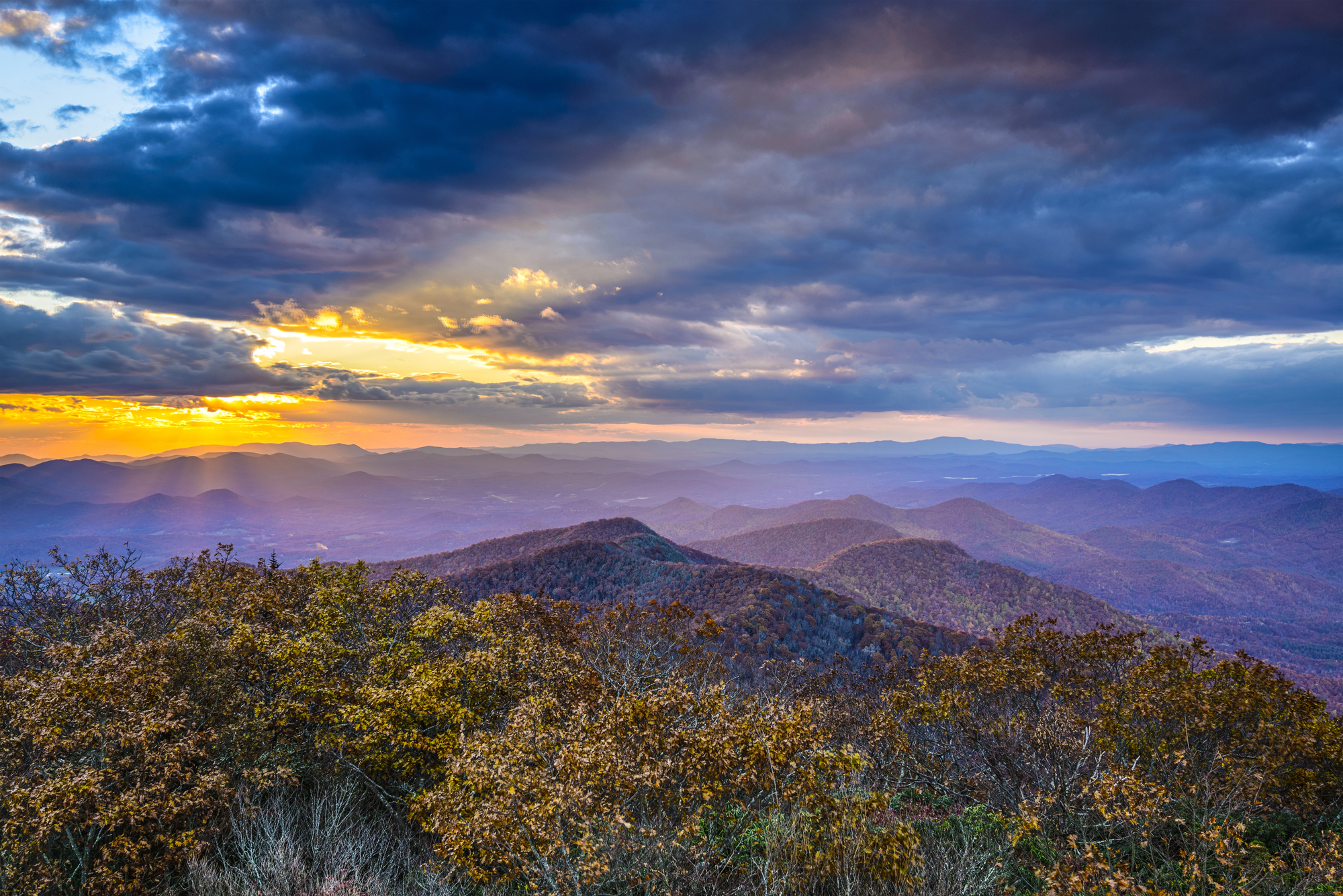
This southeastern forest safeguards the southern terminus of the Appalachian Mountain chain, where temperate and subtropical species reach their natural range boundaries. Mountain laurel and rhododendron produce spectacular spring flowering displays, while high-elevation areas support plant species typically found much farther north.
The forest demonstrates how elevation changes create dramatic climate diversity within relatively compact geographic areas.
Black Hills National Forest, South Dakota
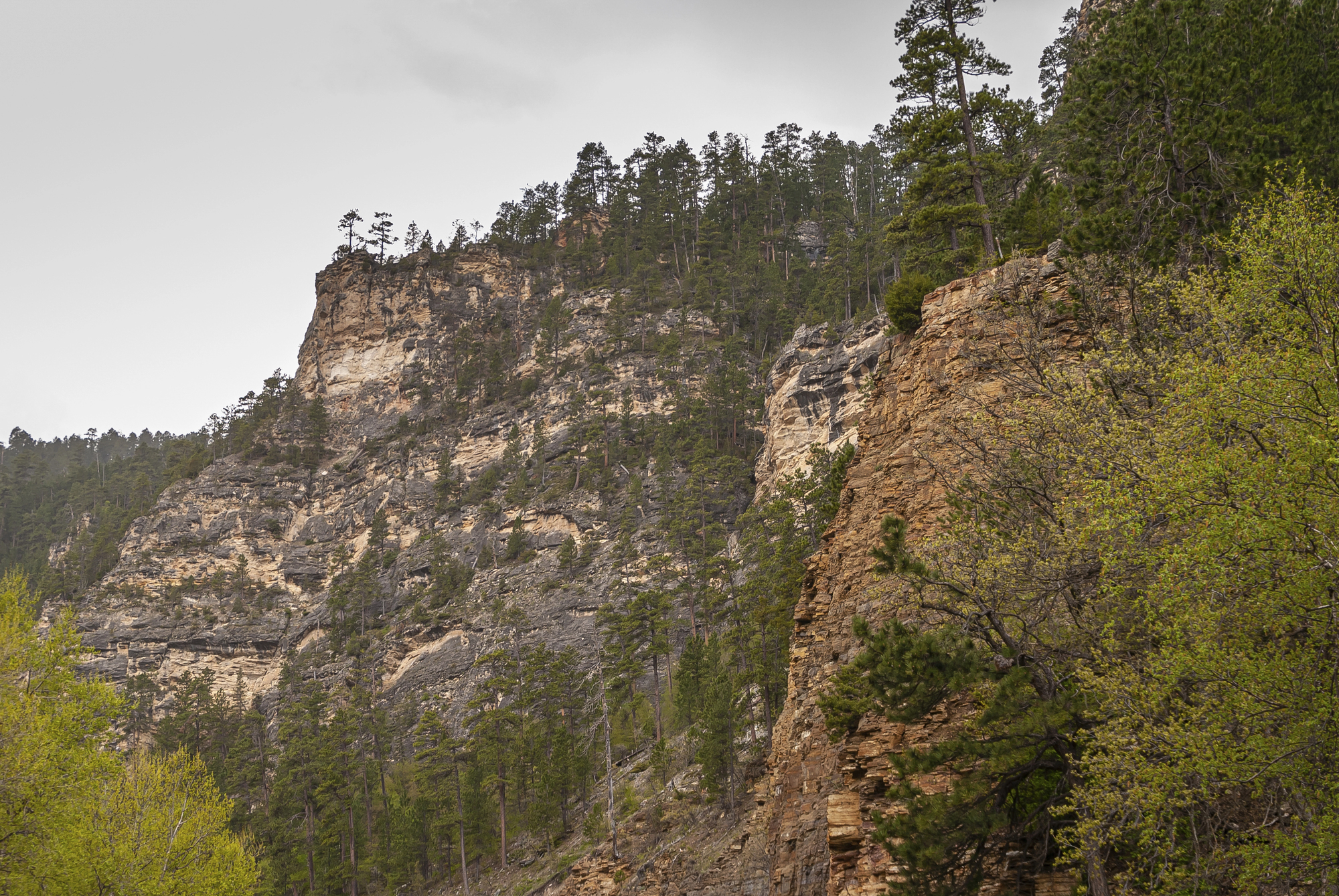
Rising abruptly from the Great Plains like a forested island, this ecosystem exists in geographic isolation from other mountain forests, fostering unique plant and animal communities found nowhere else. Ponderosa pines dominate the landscape with their distinctive vanilla-scented bark and characteristic growth patterns that create naturally parklike stands.
The forest supports numerous species existing at the very edges of their geographic ranges, making it an invaluable outdoor laboratory for studying ecosystem boundaries and adaptation.
Like Travel Pug’s content? Follow us on MSN.
Where America’s Natural Legacy Endures
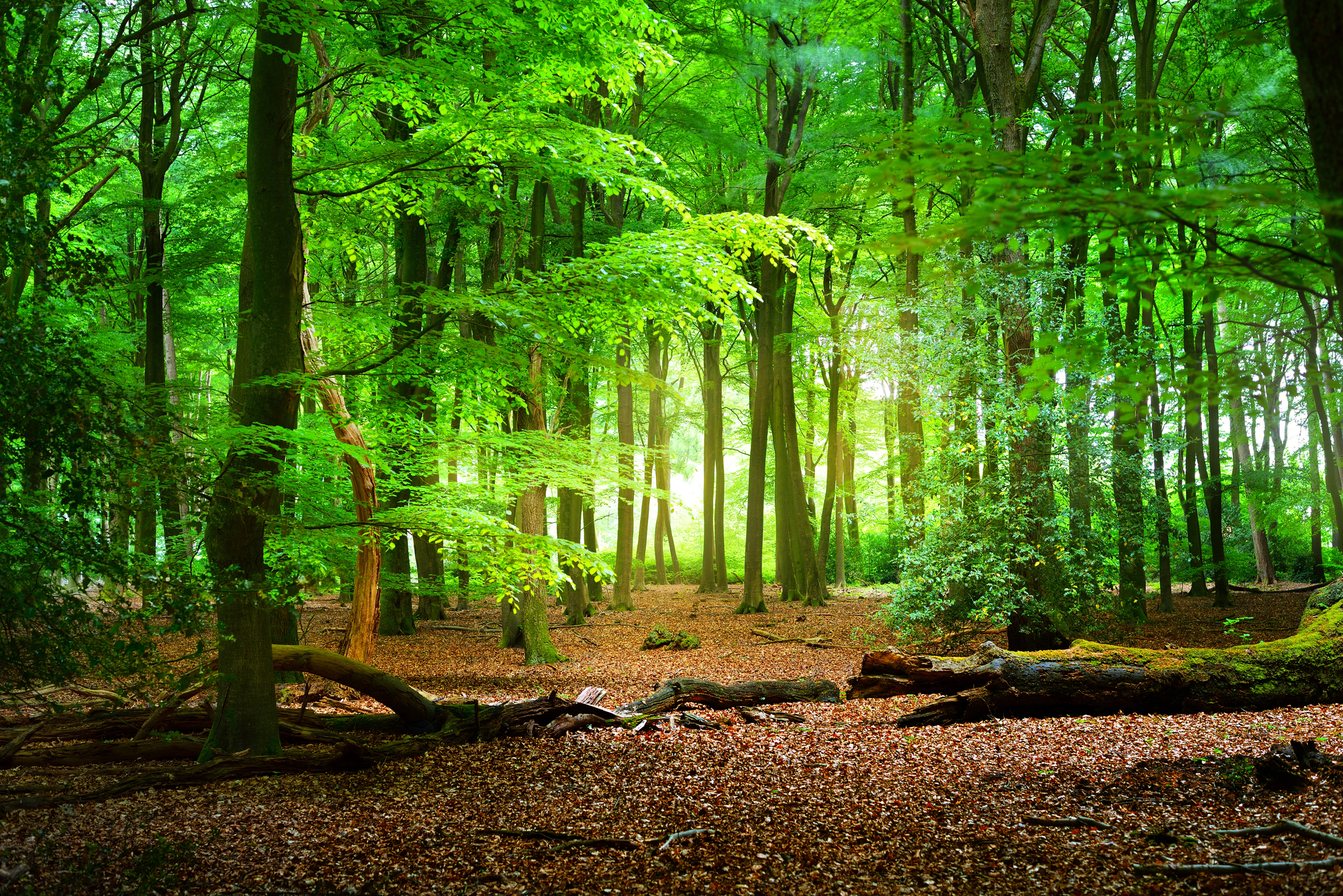
These forests represent far more than collections of trees and wildlife populations. They function as repositories of ecological memory, connecting contemporary visitors to the continent’s deepest natural heritage.
Each forest visit offers profound lessons about resilience, evolutionary adaptation, and the complex relationships that sustain intricate ecosystems across countless generations. In our increasingly digital world, these green sanctuaries serve as powerful reminders that certain experiences simply can’t be downloaded, streamed, or virtually simulated—they must be physically encountered, deeply inhaled, and absorbed into our very consciousness.
More from Travel Pug

- 20 Best Beach Towns in the Carolinas
- 13 Destinations Where Tourists Regularly Regret Their Trip
- 20 Destinations That Are More Magical Without an Itinerary
- 20 Underrated Adventures That Belong on Your Travel List
- 20 Cities Where You Should Just Wing It, No Planning Required
Like Travel Pug’s content? Follow us on MSN.
